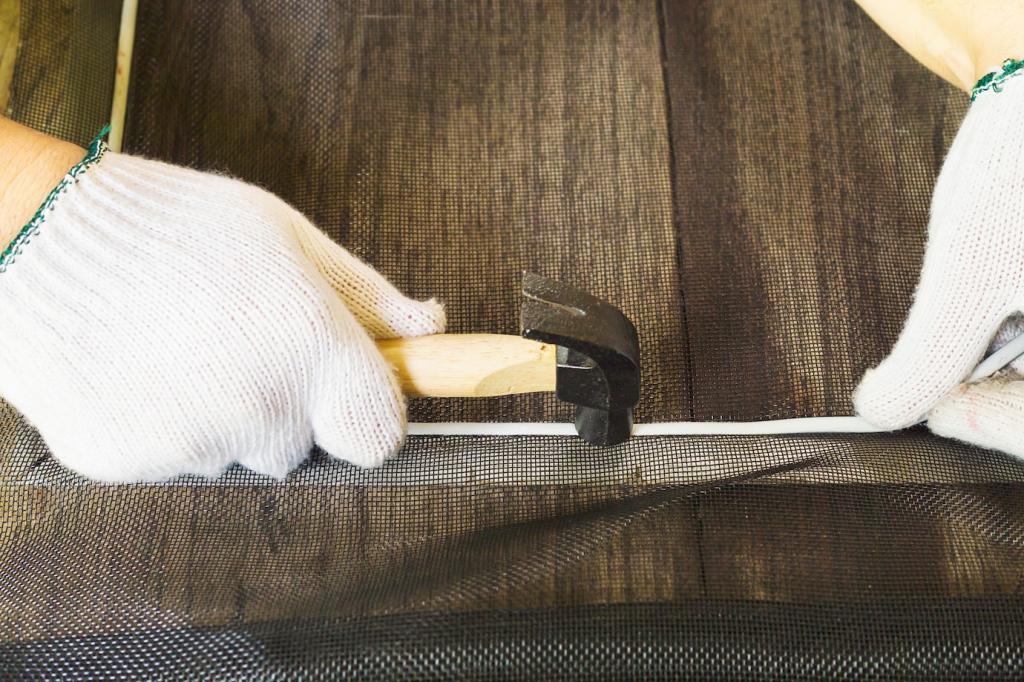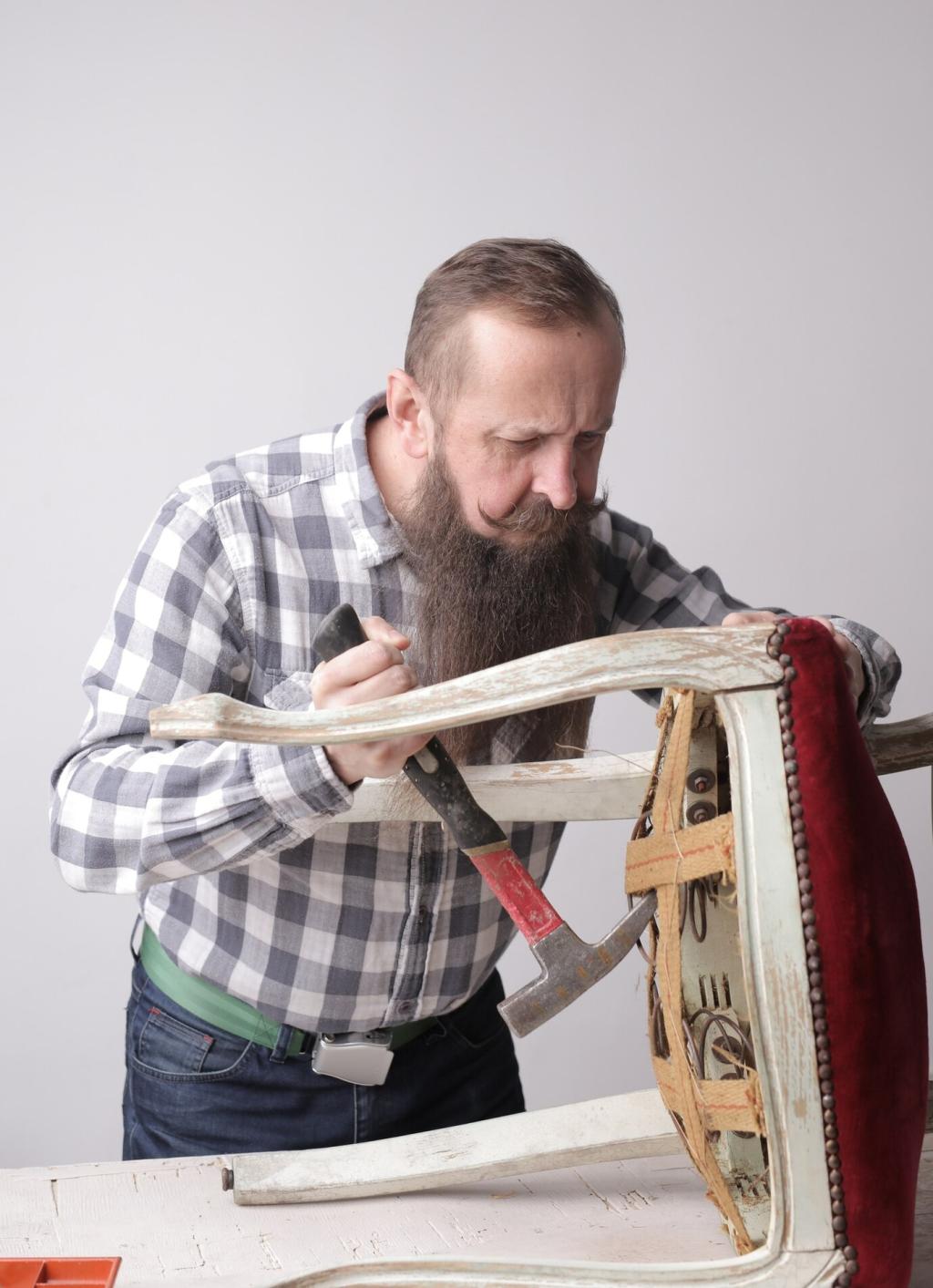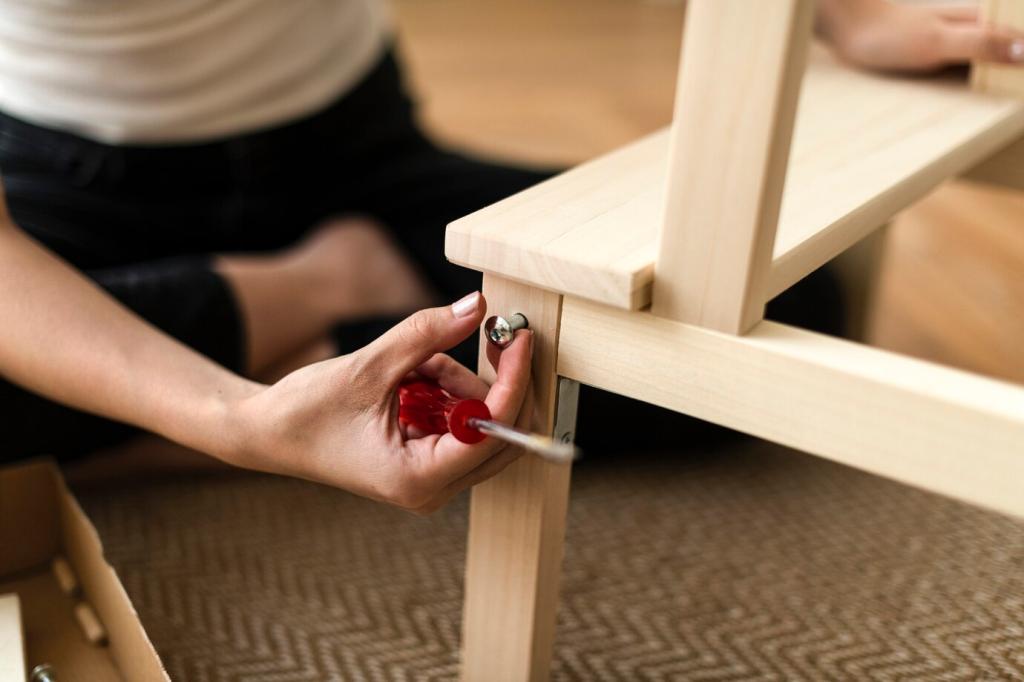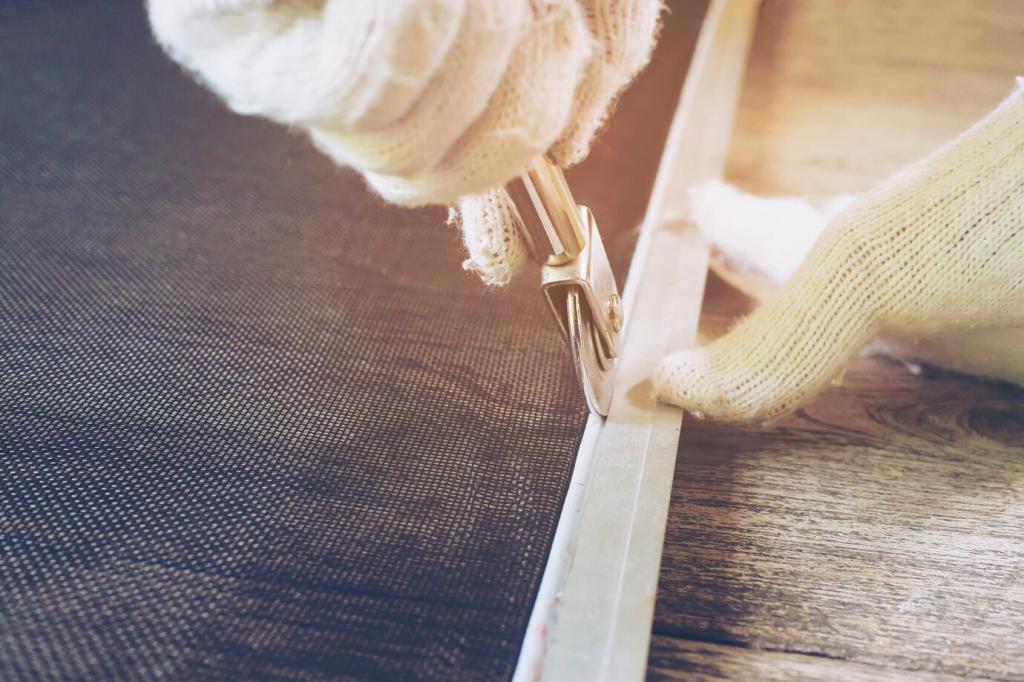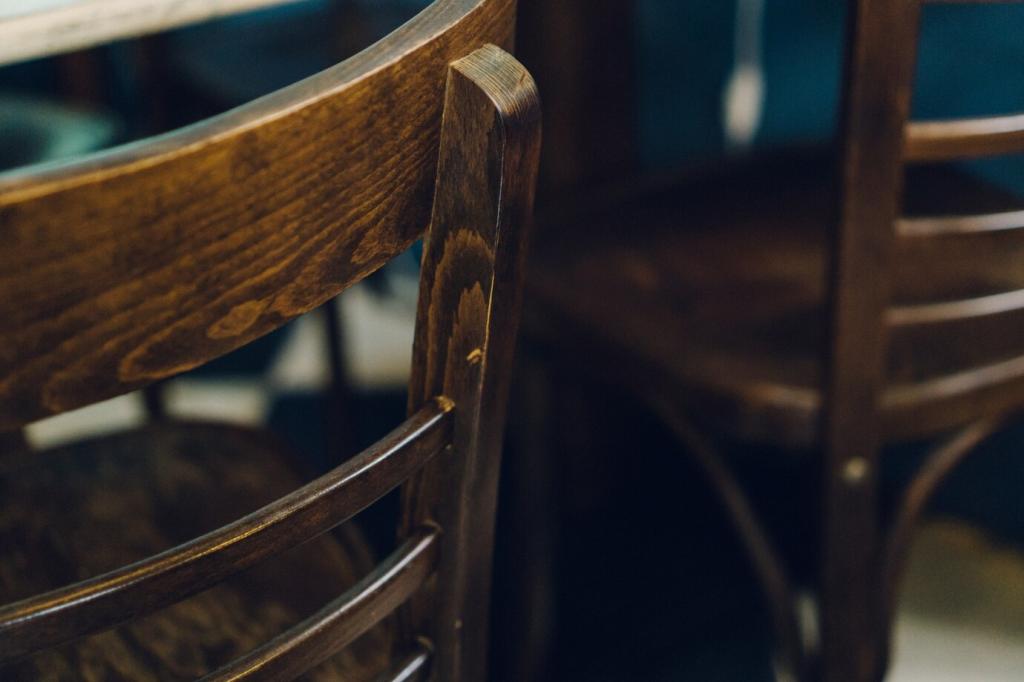DIY Surface Shields That Disappear Into Your Decor
Trace chair feet onto dense wool felt or cork, cut precisely, and attach with high-tack adhesive. Double-stack for wobbly legs, and rotate pads seasonally to avoid compressed channels that can invite grit and scratches.
DIY Surface Shields That Disappear Into Your Decor
Thin leather circles make elegant coasters that won’t trap moisture. For decor pieces, suede skids reduce friction and quiet movement. A neighbor swears her vintage sideboard survived holidays thanks to discreet suede dots beneath candlesticks.

